|
|
|
|
| Home > Reviews > Small Scale > Vespid Models Kit No. VS720015 - Leopard 2 A7+ |
Leopard 2 A7+
Vespid Models, 1/72 scale
Reviewed by Graham Carter
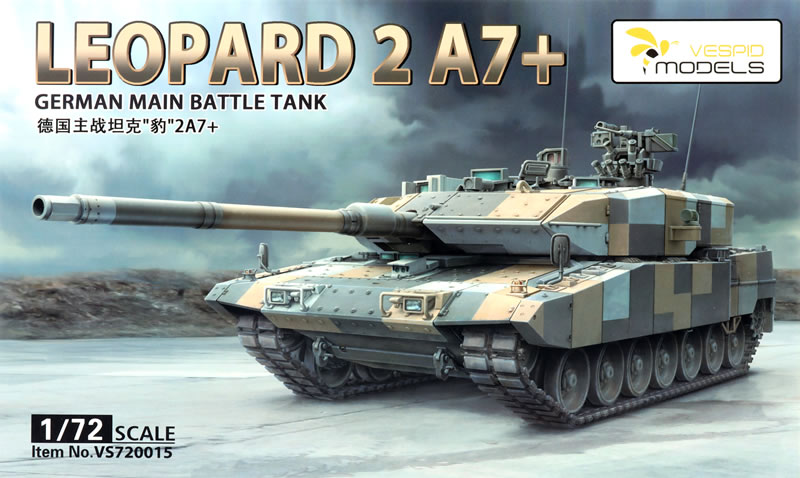
Summary
| Stock Number and Description | Vespid Models Kit No. VS720015 - Leopard 2 A7+ |
| Scale: | 1/72 |
| Media and Contents: | See details below. |
| Price: | TBA |
| Review Type: | First Look |
| Advantages: | A very fine replica of this latest MBT out of Germany, great moulding quality, fabulous detailing, sensible combination of different media, all presented in a sound package. |
| Disadvantages: | None noted. |
| Recommendation: | A truly stunning kit of this important modern MBT. Highly recommended, especially as the price seems very reasonable. |
FirstLook
Krauss-Maffei Wegmann (KMW) designed and developed the Leopard 2A7+ next-generation main battle tank (MBT) for the German Armed Forces.
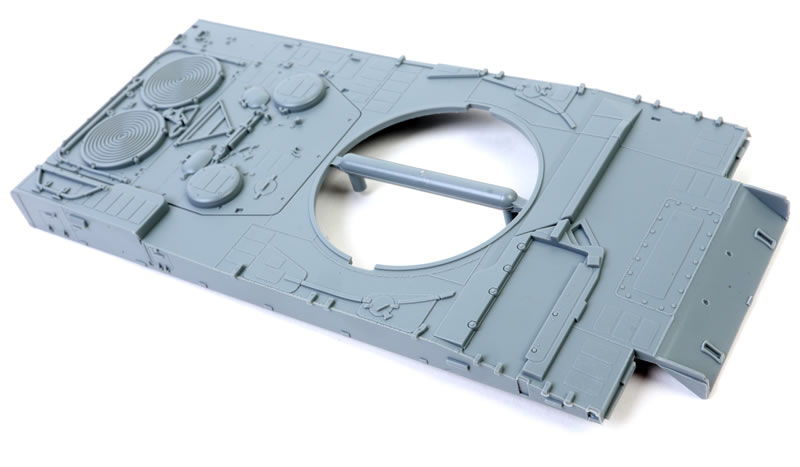
The new battle tank is a further development of the Leopard 2A6 and features enhanced protection and reconnaissance capabilities. It can operate in low-intensity conflicts and high-intensity warfare.
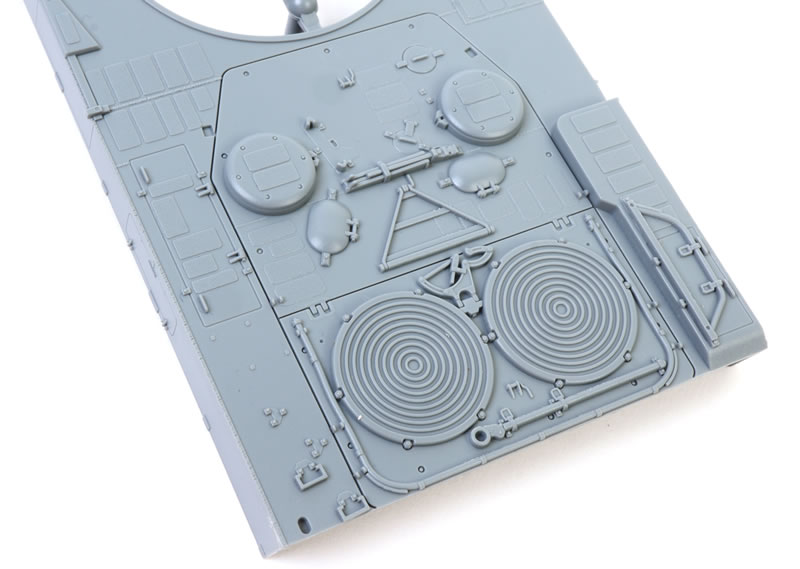
The 2A7+ MBT was unveiled in 2010 and has been tested and qualified by the German Army. The MBT was deployed in Afghanistan by Canada. It has been supplied to Saudi Arabia (200), Qatar (62), Hungary (44), Denmark (44) and Germany will receive 104 upgraded 2A7 MBTs by 2023.
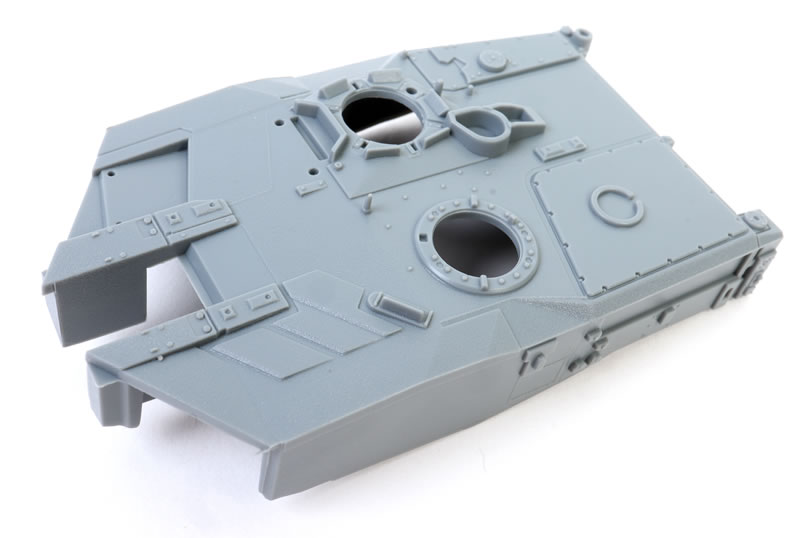
The modular design of the tank allows high-intensity operations in urban environments. The battle tank has a length of around 10.97m, width up to 4m and a turret roof height of 2.64m. The vehicle weighs 67,500kg and can be controlled by a crew of four. Its exterior is incorporated with a communication interface to enable interaction between the dismounted soldiers.

The modernised Leopard battle tank features enhanced protection, a high-performance power supply system, new nuclear, biological and chemical (NBC) and air-conditioning systems.
The MBT’s primary weapon is a 120mm L55 / L44 smoothbore gun, which can fire standard Nato ammunition and new programmable 120mm HE-rounds with a high elevation aiming angle from -15° to 70°. The tank can be integrated with a 7.62mm machine gun and 40mm grenade launchers or a .50 machine gun. Smoke grenade launchers can be mounted on either side of the weapon station to conceal the tank from enemy observation. It is equipped with a modular protection kit with passive armour modules to offer 360° protection to the crew from anti-tank missiles, mines, improvised explosive devices (IEDs) and rocket-propelled grenade (RPG) fire.
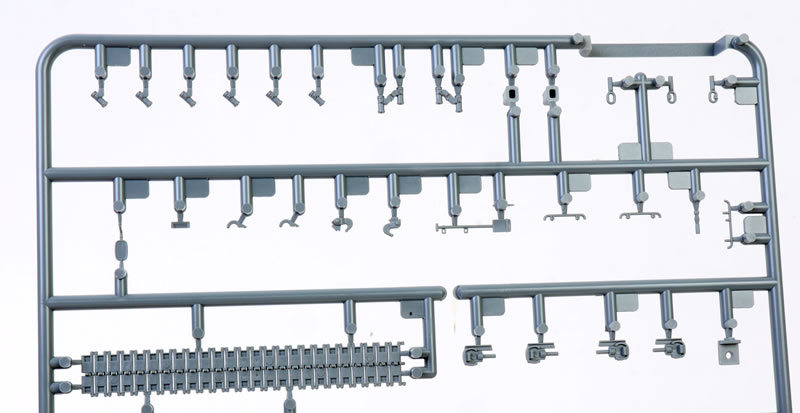
It is powered by an MTU MB 873 diesel engine, which generates a power of 1,500hp. The tank can also be fitted with additional power generators with increased power rating for conducting checkpoint missions. It can attain a maximum speed of 72km/h and has a cruising range of 450km (all information from army-technology.com).
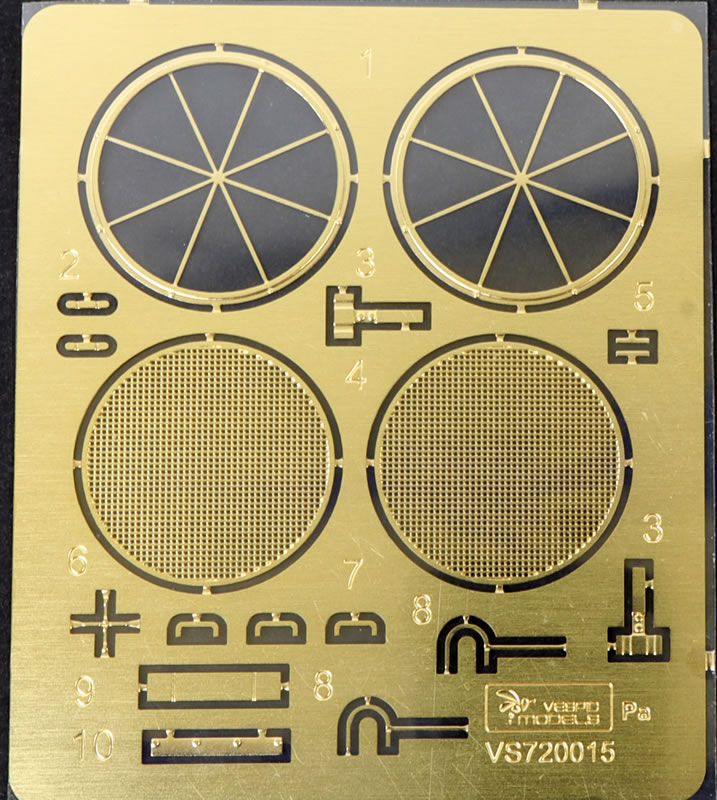
These Vespid kits provide us with a great range of vehicles in the one true scale with wonderful detail and lovely mouldings, along with a massive parts count and realistic sectioned tracks. Unlike many kits in this series there are fewer than 20 parts that are not used from the sprues. The kit itself comes in a very strong top-opening box with a rather nice illustration of the tank in the angular scheme as one of the decal choices. I believe this is the scheme it displayed when first presented in 2010.

The kit consists of several sprues, all in separate sealed bags, with five larger ones containing the running gear and hull details, a medium sized one one with sundry parts, and the separately packaged hull top and bottom and turret. This kit also contains a turned metal barrel for the main weapon, although a plastic one is provided as well, and there are two miniature towing cables for the hull. Also included are two PE sheets for the engine vent gauze covers and sundry handles and external fittings. Finally there is a small decal sheet with markings for three examples, these being an unmarked one in a challenging angular blocked scheme which should test the patience and masking skill of the modeller, and ‘WFDR’ in a less challenging blotchy green and brown scheme over sand.

Both schemes look very attractive. The variety of nations now employing the Leopard 2A7 should guarantee a variety of schemes to be represented.
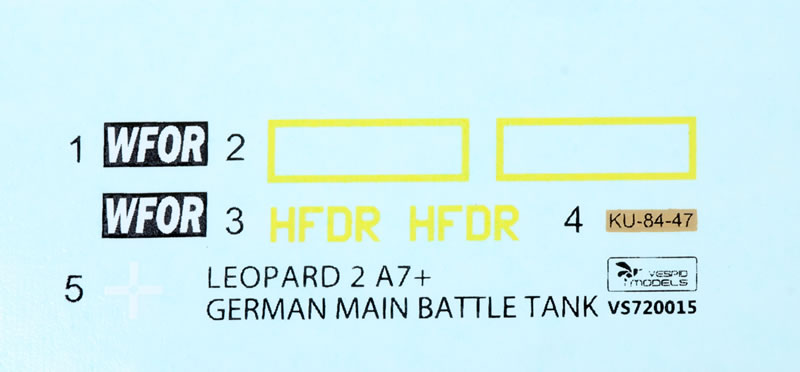
The plastic itself is of top quality, beautifully moulded with surface details are superb and will come up a treat under a layer of paint. The sectioned tracks will go together to produce a realistic fit and sag in this scale - each length consisting of eighteen long and short pieces, the latter to help get around the drive and idler wheels. Each link is very nicely detailed. The wheels and tyres are moulded as whole units so no separate rims to fiddle with!! Harking back to the ancient Airfix kit, you can still rotate the rather bulky turret and the barrel looks like it can be elevated.
Instructions are in the form of clear exploded annotated drawings - nineteen steps on a folded double-sided A5 booklet with colour camo drawings and a table of recommended paint colours from MrHobby, Hobby Color, Humbrol and Tamiya.
Conclusion
This is an absolute cracker of a kit and is likely to attract many small scale modern AFV modellers. Highly recommended to the small-scale builder.
Thanks to Vespid Models for the sample https://www.facebook.com/vespidmodels/
Text by
Graham Carter
Images by
Brett Green
Page Created 4 March, 2023
Page Last Updated
4 March, 2023














